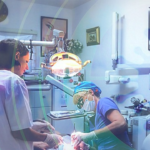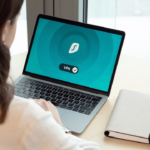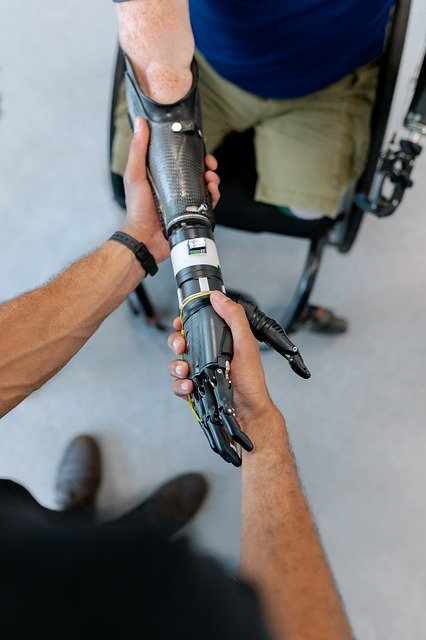You’re reading the web edition of STAT Health Tech, our guide to how tech is transforming the life sciences. Sign up to get this newsletter delivered in your inbox every Tuesday and Thursday.
What exactly does “breakthrough” mean?
The word breakthrough carries a kind of weight: It’s a dramatic step forward, a critical advance in science or technology. But in the context of the Food and Drug Administration’s breakthrough devices program, the definition is far fuzzier. Earlier this week, Katie and Mario published an investigation into the FDA’s fast-track program for medical devices and how it’s been a boon to industry with unclear benefits to patients. In a new follow-up story, they delve into the elusive questions of how the agency admits products to the program, what evidence is required, and how companies navigate the application process.
advertisement
$5 million of Levels’ fresh funding came from users
Biosensor company Levels announced a $38 million Series A round this week, backed by operators and founders such as Basecamp Fund’s Andrea Funsten, Lenny Rachitsky and Airbnb Alumni Syndicate — as well as more than 1,400 Levels users. Levels said offering members a chance to invest aligned with its goals for building its products transparently and openly.
advertisement
The company has a group of about 25,000 beta users for its home testing and glucose monitoring program, but plans to expand to consumers more broadly with this round.
But as Katie reported last year, there’s still debate about how useful continuous glucose monitors are for people with type 2 diabetes not on insulin therapy, for people at-risk of developing diabetes, and for healthy populations — broad markets that Levels and other its rivals could still try to reach.
How an online program helped Black women sleep
An interactive online program designed to manage insomnia significantly improved sleep for Black women, especially when it was specifically tailored to that population with new photos and modules, finds a new study in JAMA Psychiatry.
The study of more than 300 Black women found that the 6-session online program, called “Sleep Healthy Using the Internet,” or SHUTi, led to significant improvements in insomnia scores after six months compared to general patient education about sleep. More people — almost 80% — completed the program when it was modified to feature photos and context related to Black women, compared to just about 65%who completed the original version. The sessions included videos, a sleep diary, and guided lessons.
The results suggest that adapting interventions for racial minority groups could significantly increase their engagement.
Deals and partnerships
- The Medical Device Innovation Consortium’s National Evaluation System for Health Technology Coordinating Center announced a five-year partnership with real world evidence analytics company Aetion to promote RWE for medical devices and diagnostics.
- Source Health, which helps providers make the switch to virtual, has launched with $3 million in seed funding led by First Round and with additional investment from Box Group and angel investors, FierceHealthcare reports.
- Mental wellness company Nue Health, which offers ketamine therapy along with an app and virtual aftercare, has raised $23 million in a Series A round led by Obvious Ventures and Western Technology Investment.
Names in the news
- Virtual lactation consultation company Nest Collaborative appointed Judith Nowlin as its CEO. Nowlin, who founded maternity telehealth company Babyscripts, previously served as the Nest Collaborative’s chief operating officer.
- Handheld ultrasound device company Butterfly Network named Heather Getz its executive vice president and chief financial officer. Getz comes to Butterfly from Healthy.io, which sells home urine analysis and virtual wound care services.
What we’re reading
Source: https://www.statnews.com/2022/04/21/health-tech-funding-hires/









